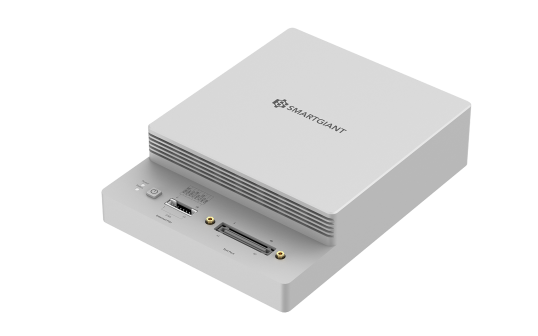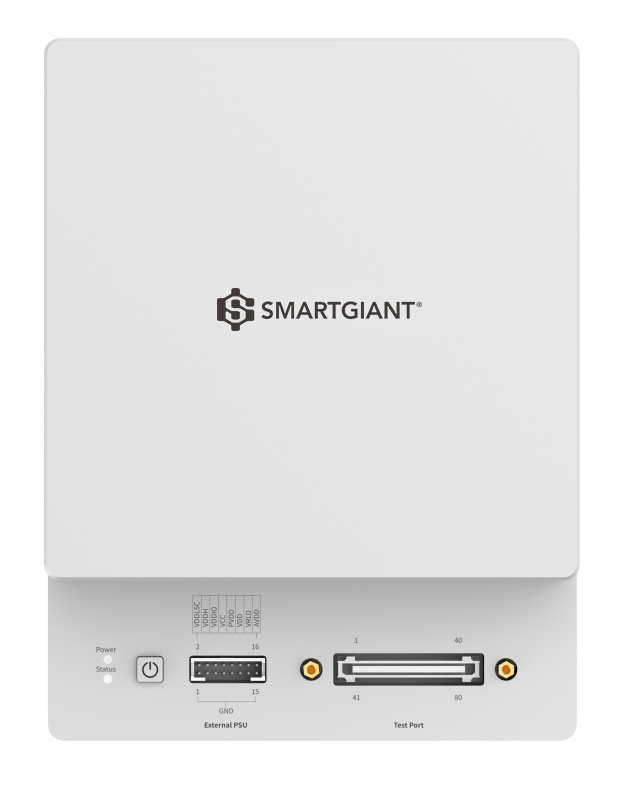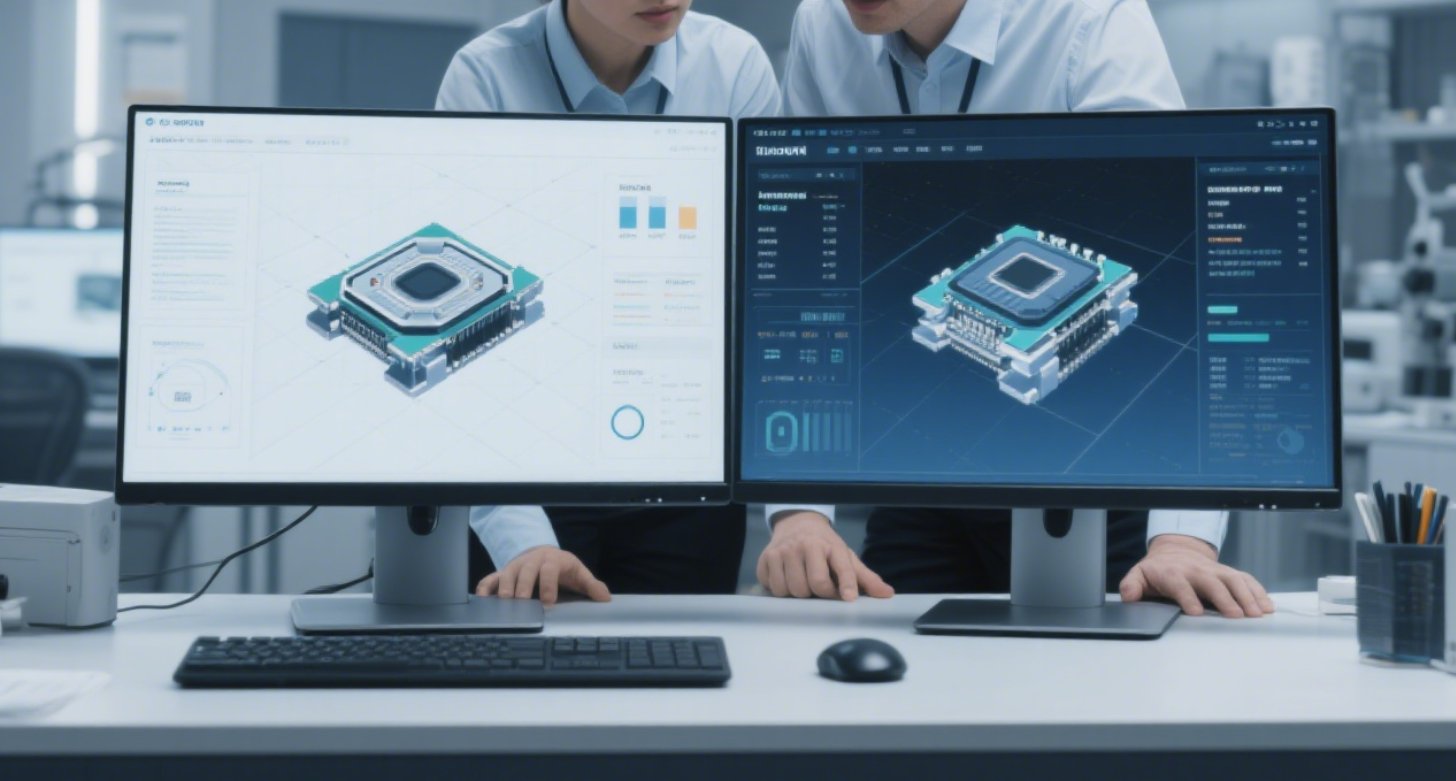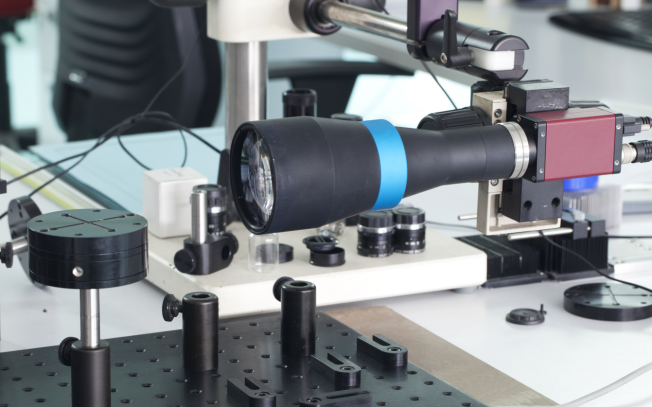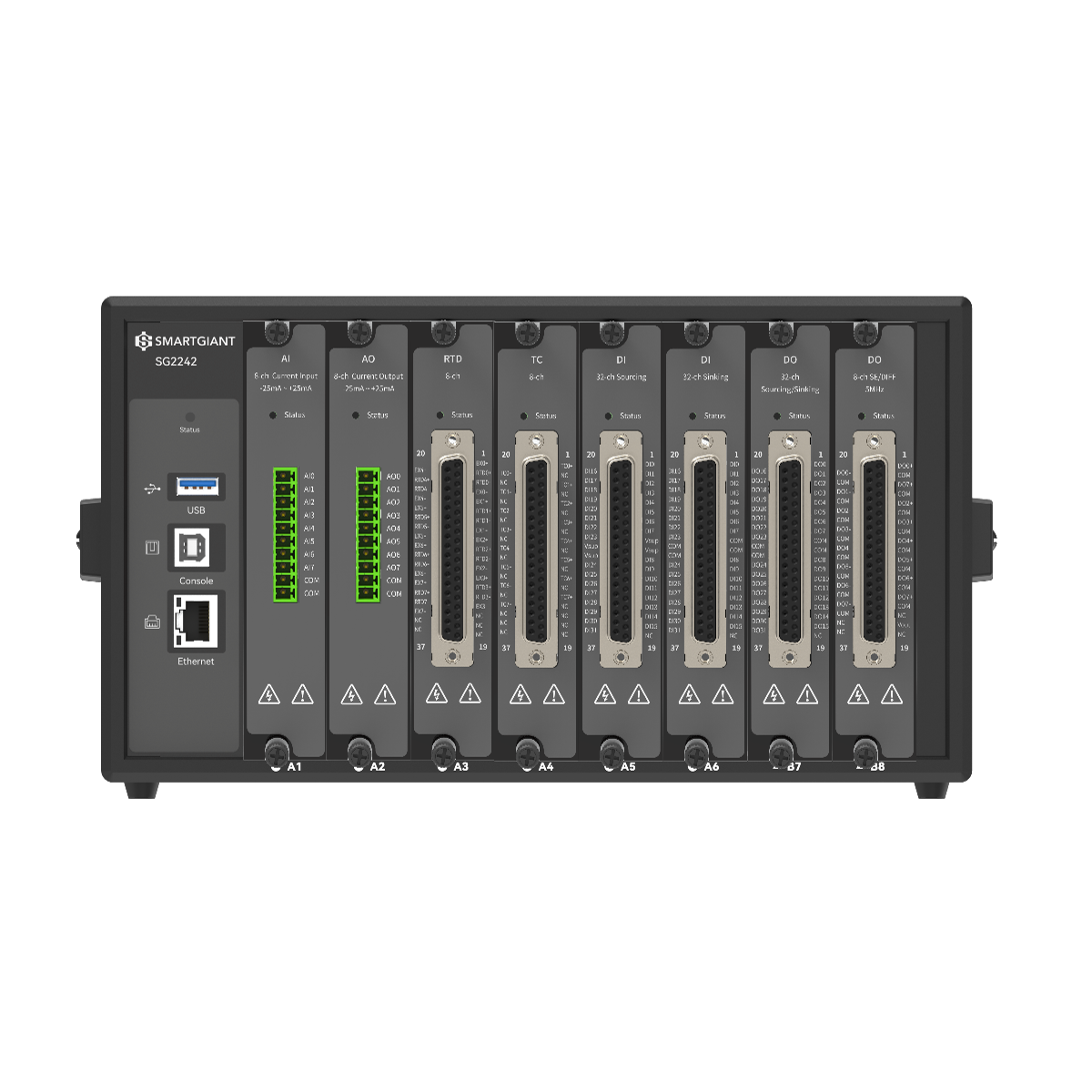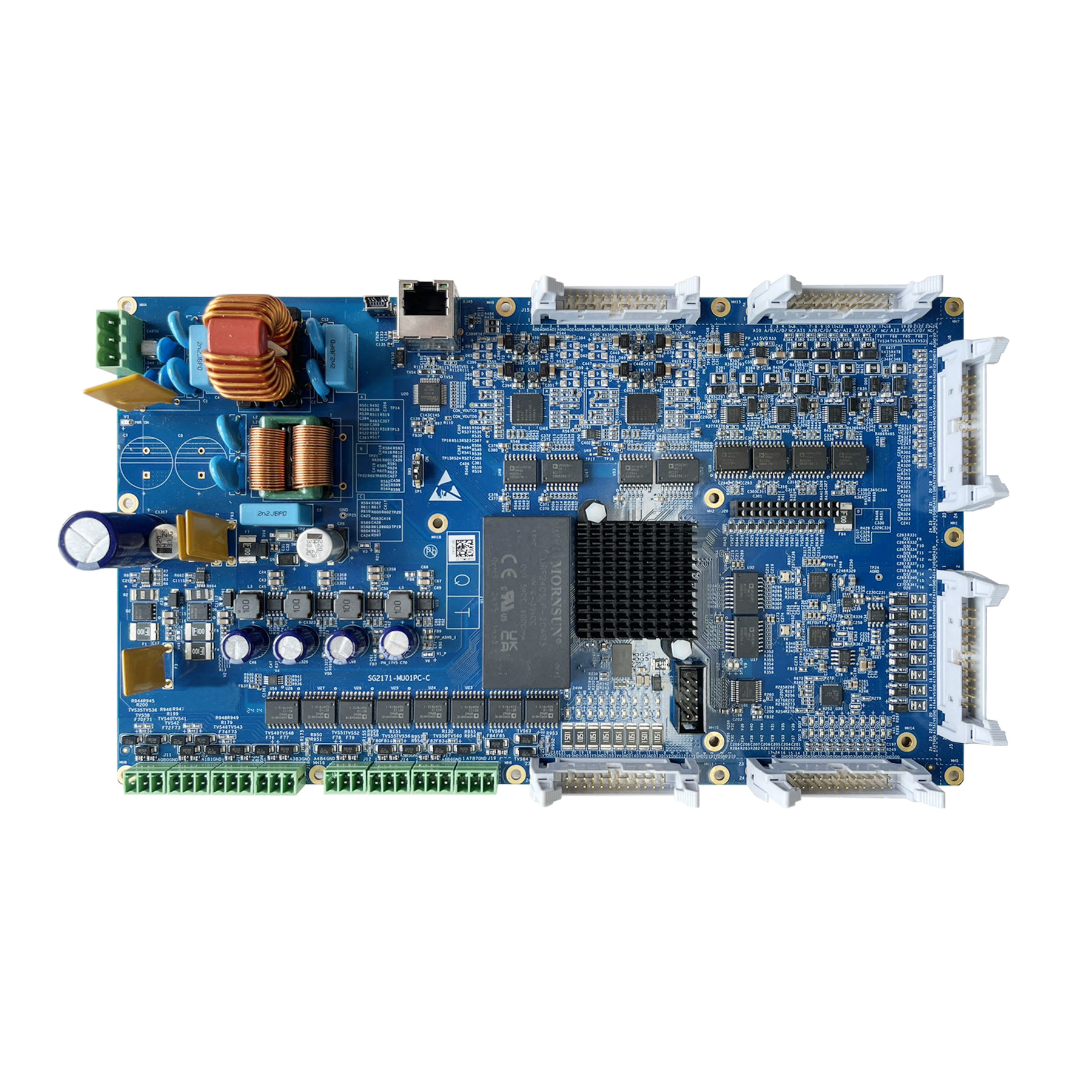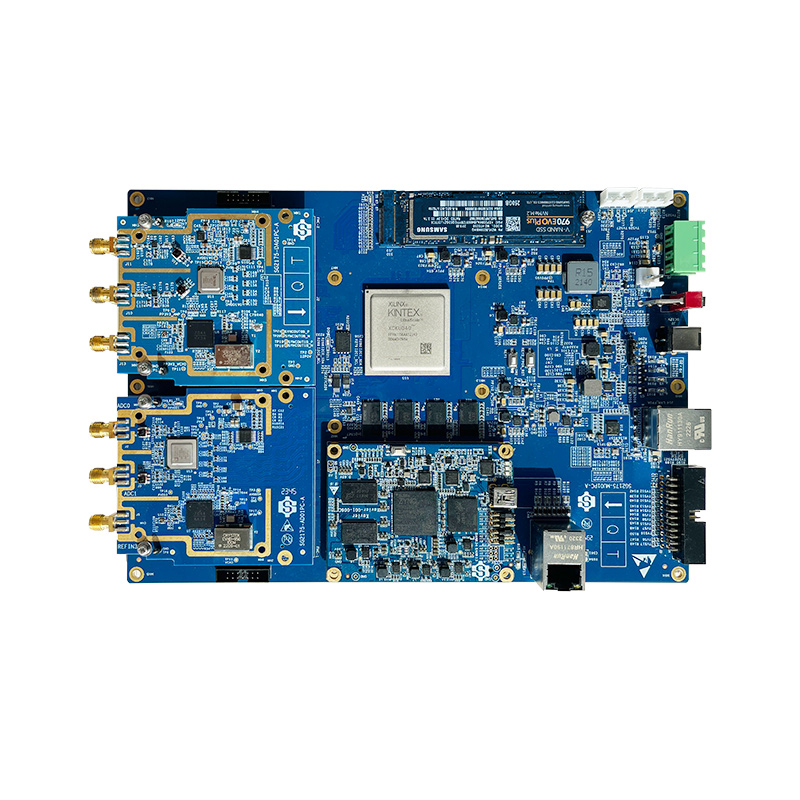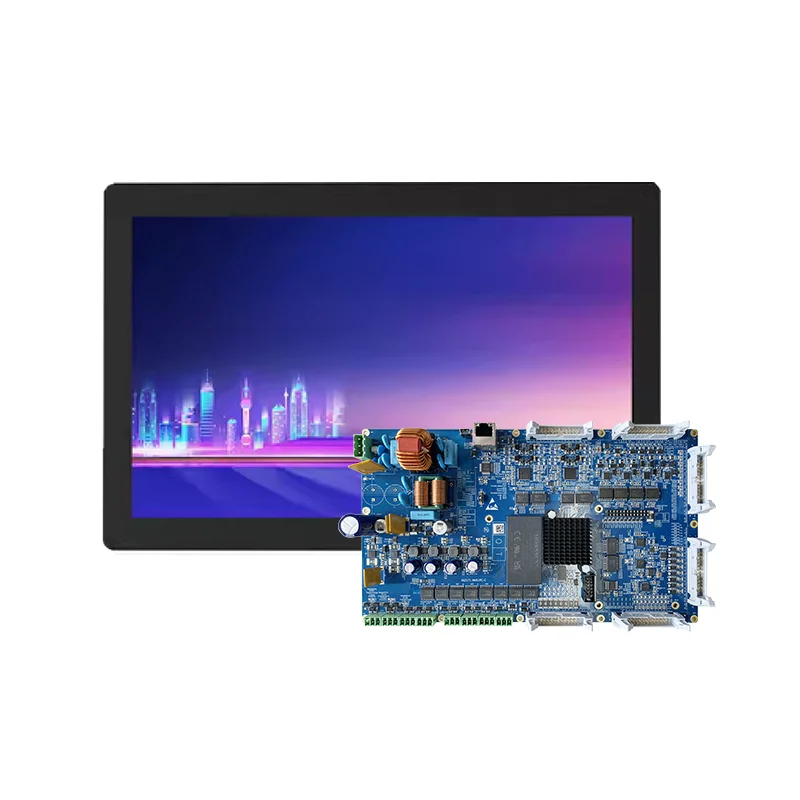
MIPI A-PHY, D-PHY, and C-PHY and Smartgiant Products
As mobile devices and smart terminals evolve rapidly, high-speed data transmission has become a vital bridge connecting chips, sensors, and terminal devices. The MIPI (Mobile Industry Processor Interface) Alliance has introduced a series of physical layer (PHY) protocols, enabling seamless interconnection of cameras, display modules, and wireless communication components. This article explores the fundamental differences among the three mainstream MIPI PHY protocols—A-PHY, D-PHY, and C-PHY—and discusses how Smartgiant leverages these technologies in its advanced testing solutions.
1. Understanding MIPI PHY: A Connectivity Revolution from Consumer Electronics to Automotive Systems
A. MIPI D-PHY: The “High-Speed Channel” for Cameras and Displays
D-PHY is one of the earliest and most mature physical layer standards in the MIPI family, primarily supporting DSI (Display Serial Interface) and CSI (Camera Serial Interface). Key features include:
- Physical Layer Architecture: D-PHY employs a source-synchronous clock scheme, consisting of one clock lane and up to four data lanes. It supports both unidirectional and bidirectional data transmission. Differential signaling is used to effectively suppress electromagnetic interference (EMI), which is critical for compact consumer electronics.
- Data Rates: D-PHY supports dynamic data rate adjustment. The Low-Power (LP) mode is used for control signaling at approximately 10 Mbps, while the High-Speed (HS) mode supports up to 1.5 Gbps per lane (per D-PHY v1.2), enabling real-time transmission of high-definition images and video.
- Typical Applications: Connecting smartphone camera modules with application processors (APs) for high-resolution image sensors (12MP+), or linking LCD/OLED displays with processors, enabling high-quality imaging and display.
B. MIPI C-PHY: The “Efficiency Expert” for Multi-Lane Parallel Transmission
C-PHY is designed for scenarios requiring higher bandwidth and flexibility. It excels in applications such as multi-camera setups and high-speed image acquisition:
- Innovation in Architecture: C-PHY introduces a “trio” signaling structure—each data channel consists of three wires transmitting 3 bits in parallel. The theoretical data rate reaches 2.5 Gbps per trio (per C-PHY v1.2), with a total of 7.5 Gbps achievable through three-lane configurations.
- Link Characteristics: It supports dynamic data rate adjustment and utilizes dynamic phase compensation technology to mitigate clock skew, making it ideal for longer transmission distances and electromagnetically complex environments. Compared to D-PHY, C-PHY delivers higher throughput with fewer pins and simpler PCB layout.
- Application Scenarios: C-PHY is well-suited for aggregating multiple image sensors in smartphones (e.g., wide + ultra-wide + telephoto modules), high-speed image capture in industrial cameras, and low-latency video transmission in AR/VR devices. It enables real-time processing of high-resolution, multi-stream data.
C. MIPI A-PHY: The “Interference Shield” for Automotive Electronics and Long-Distance Transmission
With the rise of autonomous driving and smart cockpits, MIPI A-PHY is the first MIPI PHY protocol tailored for automotive applications, addressing the key challenges of bandwidth, electromagnetic interference (EMI), and reliability in vehicle connectivity:
- Technical Advantages: A-PHY supports long-distance transmission over a single unshielded twisted pair (UTP) or coaxial cable, reaching up to 15 meters—ideal for sensor deployment across vehicles. Featuring adaptive equalization and forward error correction (FEC), A-PHY ensures error-free communication across the -40°C to 85°C temperature range and improves EMI resilience by over 50% compared to traditional approaches.
- Data Performance: A single link supports speeds up to 8Gbps (A-PHY v1.1), with deserializer outputs supporting 34.2Gbps (C-PHY) or 20Gbps (D-PHY). This supports real-time data transmission from high-resolution sensors like 8MP cameras, LiDAR, and millimeter-wave radar.
- Automotive-Grade Features: AEC-Q100 compliant, with power management (low-power sleep modes) and link status monitoring. Suitable for ADAS, surround-view systems, and driver monitoring systems (DMS), facilitating safer and more efficient sensor fusion in vehicles.
D. Comparison of the Three PHY Technologies
Feature | D-PHY | C-PHY | A-PHY |
Application Area | Consumer electronics (cameras, displays) | Consumer electronics (multi-cam, AR/VR) | Automotive electronics (ADAS, sensor fusion) |
Architecture | Source-synchronous clock + uni/bi-directional lanes | 3-phase differential Trio signaling | Single-pair twisted pair/coaxial with adaptive EQ |
Typical Data Rate | 1.5Gbps/lane (HS mode) | 2.5Gbps/trio (single channel) | 8 Gbps/link (single cable pair) |
Transmission Distance | Short (<10cm, on PCB) | Medium (<30cm, inter-board) | Long (<15m, automotive cables) |
EMI Resistance | Differential signaling (moderate) | Dynamic phase compensation (strong) | FEC + shielding (very strong) |
Power Efficiency | Low power (LP mode) | Dynamic power tuning | Automotive-grade low-power sleep modes |
Typical Scenarios | Smartphone cameras, LCD panels | Multi-cam modules, industrial cameras | Vehicle cameras, LiDAR |
Key Advantages | Low latency, cost-efficient | High bandwidth, fewer pins | Long-distance, high reliability |
2. Smartgiant’s MIPI Products: Tailored Solutions for Diverse Testing Needs
Smartgiant has developed two flagship MIPI products to address varying testing demands, offering a complete solution that spans from protocol conversion to comprehensive functional testing.
A. SG2174-2 MIPI Tester: The “All-in-One Quality Inspection Platform” for Camera Modules
Overview:
The SG2174-2MIPI Tester is a dedicated testing system for MIPI D-PHY/C-PHY camera modules. It supports independent dual-channel operation, allowing simultaneous testing of two camera modules. Key features include image data analysis, power sequencing, and open/short (OS) testing, enabling high-precision performance validation in both R&D and production stages.
Technical Features:
- Multi-Protocol Support: Each channel supports 4-lane D-PHY (2.5Gbps/lane) or 3-trio C-PHY (5Gbps/trio), compatible with mainstream camera sensor interfaces and up to 24MP data parsing.
- Flexible Power & Clock Config: Integrates 8 programmable power supplies (e.g., VRLD negative output -17 to -24V, PVDD high voltage output 1.72 to 12V). Power sequencing is customizable. It offers a configurable clock range from 100kHz to 250MHz, accommodating the synchronization needs of various sensors.
- High-Precision Testing:Voltage and current measurement accuracy within 1%. Supports 35-pin full open/short testing (to ground, power, and cross-pin tests). Data can be calibrated against a multimeter to ensure connection reliability.
- Smart Interactive Design: Communicates with PC via Gigabit Ethernet and supports multiple Windows systems. IP address configuration via hardware dial switch supports multi-device parallel testing scenarios.
Application Scenarios:
- Camera Module R&D: Validates signal integrity of D-PHY/C-PHY interfaces, detects image data distortion and bit error rate, and optimizes the synergy between sensors and main control chips.
- Automated Production Testing: Independent dual-channel operation improves test efficiency. Supports 2C/1C+1D/2D multi-camera simultaneous testing modes, suitable for mass quality inspection of smartphones, security devices, drones, and more.
- Research & Academia: Provides high-accuracy power/signal control for labs. Supports MIPI protocol development and exploration of innovative applications.
This product is especially suitable for the development and manufacturing testing of smartphone cameras, automotive vision systems, and industrial cameras. Its unique full-pin OS test function allows for early detection of soldering defects and design issues, reducing the cost of post-production rework.
3. Conclusion: MIPI Technologies Fuel the Future of Testing
As intelligent devices trend toward higher resolution and integration, MIPI PHY technologies are becoming increasingly critical in both consumer and automotive electronics. Smartgiant’s SG2174 and SG2674 series—backed by specialized design and powerful functionality—form a vital link between innovation and industrial deployment. From protocol conversion in RF modules to full-feature testing for camera modules, Smartgiant remains committed to delivering efficient and reliable testing solutions that meet the challenges of tomorrow.
Contact Us
Smartgiant Technology 1800 Wyatt Dr, Unit 3, Santa Clara, CA 95054.
Email: info@smartgiant.com

Contact Us
Smartgiant Technology 1800 Wyatt Dr, Unit 3, Santa Clara, CA 95054.
Email: info@smartgiant.com



